In a stadium, player safety is the top priority, making the decision between real grass and synthetic turf a significant one. Many sports stadiums adhere to association regulations, such as the NFL’s guidelines regarding astroturf.
However, stadium owners sometimes opt for artificial turf for other reasons. Unlike natural grass, which requires regular maintenance, artificial turf eliminates the need to deal with weeds. Yet, it’s important to remember that synthetic turfs are made from chemical materials.
The choice between natural and artificial grass for high schools or public parks depends on various factors. This page will explore some of these considerations, as well as the history of astroturf and the reasons the NFL moved away from using it.
Table of Contents
ToggleTypes of Grass Used in Football Stadiums
Different sports associations recommend specific grass species or blends for stadium use. In football, three of the most commonly used grass seeds are Bermuda Grass, Kentucky Bluegrass, and Perennial Ryegrass.
Common Football Stadium Grass Types
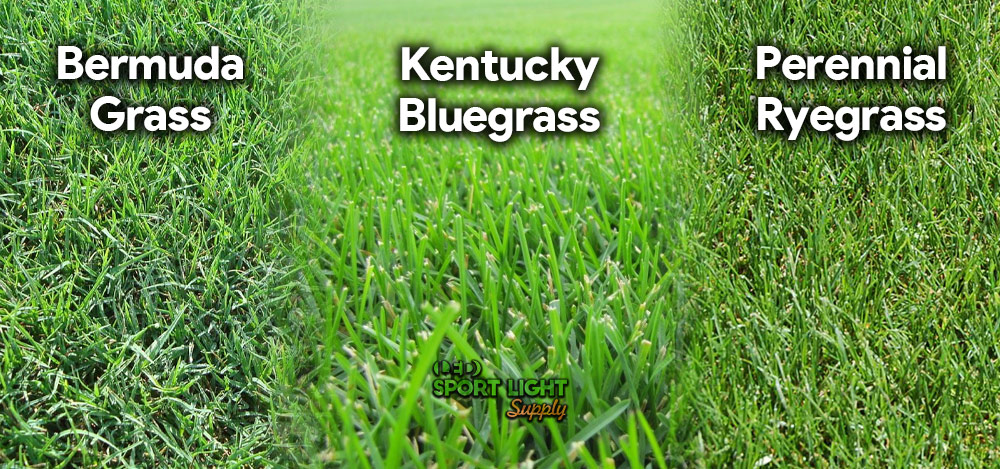
Stadium owners typically purchase SOD quality seeds, meaning the seeds are free from weed seeds and contaminants. Higher quality seeds not only improve the appearance and strength of the grass but also reduce maintenance costs. Manufacturers strive to develop grass varieties that are more drought-tolerant, making certain seeds ideal for either overseeding or regular seeding.
Although many football stadiums feature natural grass, some switch to artificial turf due to issues with maintaining the lawn. This shift is part of what led to the popularity of astroturf.
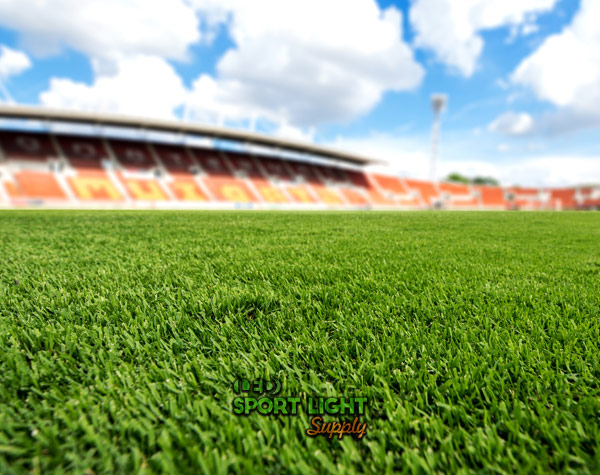
When Do Stadiums Use Real Grass?
A stadium will use natural grass when the owner can afford the costs associated with seeding, watering, and maintenance. Over time, synthetic turfs gained popularity largely because they offer a more cost-effective solution. However, stadium owners who are passionate about sports and the well-being of their athletes may prefer natural grass, despite the higher upkeep.
Sports Stadiums That Use Authentic Turf
Many FIFA stadiums maintain natural grass playing fields, and other sports associations also favor real turf over synthetic alternatives. Below is a list of several stadiums that use authentic grass:
| Stadium Name | Sports Association | Type of Grass |
|---|---|---|
| Allegiant Stadium | NFL | Bermuda Grass |
| Dick’s Sporting Goods Park | Major League Soccer | Kentucky Bluegrass |
| Empower Field at Mile High | NFL | Kentucky Bluegrass |
| Heinz Field | NFL | Kentucky Bluegrass |
| Levi’s Stadium | NFL | Bermuda Grass & Perennial Ryegrass |
| Maracanã Stadium | FIFA | Bermuda Grass |
| Target Field | MLB | Natural Grass |
| Truist Park | MLB | Natural Grass |
| Wrigley Field | MLB | Natural Grass |
| Yankee Stadium | MLB | Natural Grass |
When Does a Stadium Use Artificial Turf?
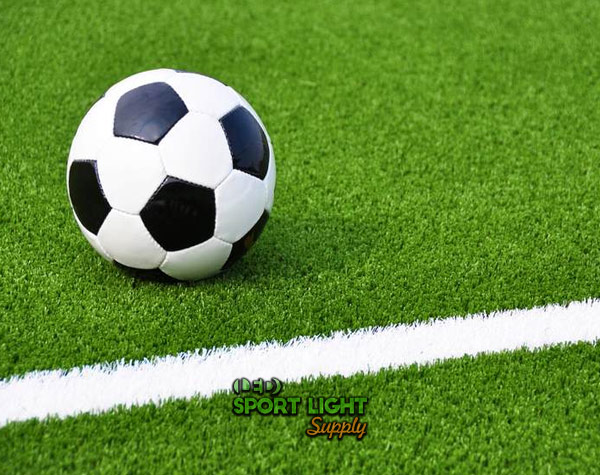
The primary reason for installing synthetic turf in a stadium is the cost savings compared to maintaining real grass. Stadium owners often switch to artificial turf to manage budget constraints, although weather conditions can also play a role in this decision.
Cost Savings with Artificial Lawns
One of the main advantages of artificial turf is its lower maintenance requirements. Since fake grass doesn’t grow, it eliminates the need for watering, making it a more sustainable option compared to natural grass. Additionally, maintaining artificial turf is less time-consuming, as there is no need to manage tasks related to natural lawn care.
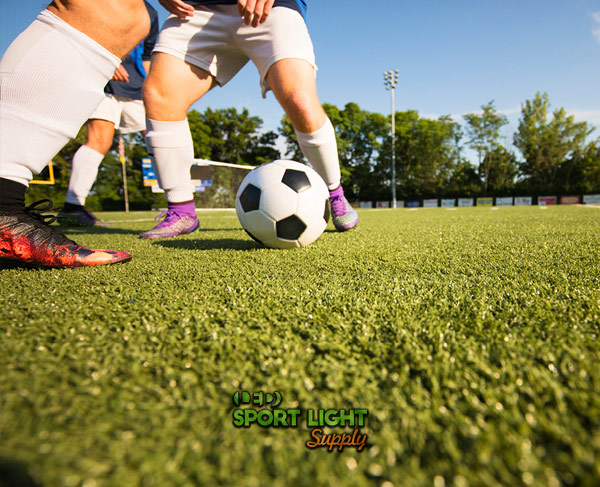 High-quality installation reduces the likelihood of turf issues, and artificial surfaces prevent mud from sticking to players’ shoes, offering multiple benefits while significantly cutting maintenance expenses. For safety, players should wear soccer boots or specific footwear designed for synthetic grass. Third-generation artificial surfaces, for example, provide a more advanced type of synthetic grass that can be used at a professional level, with many products receiving FIFA or NFL approval.
High-quality installation reduces the likelihood of turf issues, and artificial surfaces prevent mud from sticking to players’ shoes, offering multiple benefits while significantly cutting maintenance expenses. For safety, players should wear soccer boots or specific footwear designed for synthetic grass. Third-generation artificial surfaces, for example, provide a more advanced type of synthetic grass that can be used at a professional level, with many products receiving FIFA or NFL approval.
The structure of synthetic grass varies between products, and certain installation systems can replicate the sensation of walking on natural grass. This factor can be decisive for some stadium owners who view artificial turf as a better long-term investment.
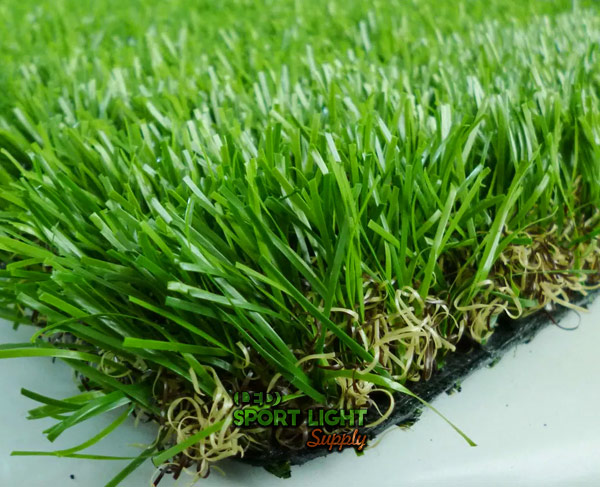
Materials Used in Artificial Turf
The synthetic grass filaments used in artificial turf are made from textile fibers. Each leaf blade is typically covered on both sides with a layer of dried latex compound, ensuring the turf adheres properly. The materials commonly used in artificial turf include:
| Material | Features |
|---|---|
| Polypropylene | Low cost, results in a look similar to fresh-cut grass, offers UV protection. |
| Polyethylene | Higher quality and durability, realistic softness and elasticity, requires root infill to maintain wire straightness under traffic. |
| Polyamide/Nylon | Most resistant but also the most expensive, ideal for large, intensively used spaces such as sports fields. |
Sports Stadiums That Use Artificial Grass
Synthetic turf is a popular choice for high-level venues, including some UEFA Champions League stadiums and NFL stadiums that have moved away from astroturf. Below is a list of stadiums that continue to use artificial turf:
| Stadium Name | Sports Association |
|---|---|
| AT&T Stadium | NFL |
| Bank of America Stadium | NFL |
| Chase Field | Major League Baseball |
| Ford Field | NFL |
| Globe Life Field | Major League Baseball |
| LoanDepot Park | Major League Baseball |
| Parkside Sports Stadium | FIFA |
| Rogers Centre | Major League Baseball |
| Stade Marcel Picot | FIFA |
| Stadio Dino Manuzzi | FIFA |
| Tropicana Field | Major League Baseball |
Real Grass vs. Artificial Grass in Stadiums
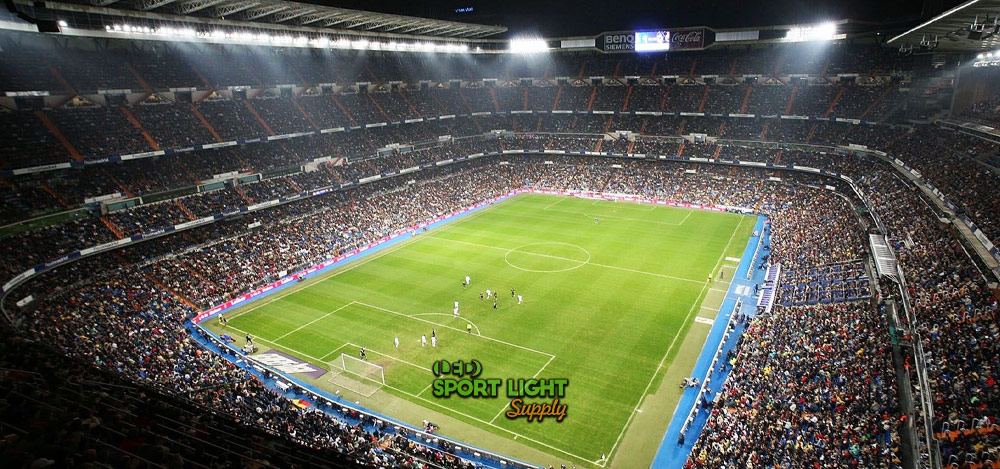
When comparing real grass and artificial turf in stadiums, several factors come into play, including maintenance, environmental impact, and player experience. Here’s a detailed comparison of both types of surfaces.
Natural Grass
Natural grass has a distinct life cycle and seasonal behavior. Typically, grass growth slows down and eventually stops during the fall and winter months. Stadium owners strive to maintain a green field throughout the year, but without proper care, the field may not remain green during colder seasons.
Grass growth is influenced by several factors:
| Factor | Description |
|---|---|
| Daylight | Shorter days in winter reduce sunlight, which affects grass growth and overall health. |
| Chlorophyll | Grass is green due to chlorophyll. However, it also needs adequate water and nutrients to thrive. |
| Soil Temperature | Grass’s ability to absorb nutrients depends on soil temperature. Cold-season grasses, for instance, germinate best at around 45°F. When soil temperatures drop below optimal levels, grass conserves energy, focusing on its root system rather than growing foliage. |
Choosing the right grass seed is crucial for maintaining a healthy lawn, especially in varying climate conditions. Some grass species are more suited to colder environments and can better withstand winter conditions.
Astroturf: The Evolution of Artificial Turf
Astroturf, the first generation of artificial turf, has undergone significant evolution since its inception over 50 years ago. Originally known as Chemgrass, it was developed by Chemstrand in 1962 to address the challenges of maintaining natural grass in adverse weather conditions such as snow and rain.
Early Development and Adoption
Astroturf was designed to mimic natural grass while being durable enough to withstand weather and heavy use. The product quickly gained popularity, with its first major application in a professional sports stadium occurring shortly after its creation. On September 14, 1968, the NFL hosted its first game on Astroturf, and by 1974, even the Super Bowl featured this synthetic surface.
Advancements and Controversies
Over the years, Astroturf underwent various improvements to make it more similar to real grass. Despite these advancements, early versions of Astroturf were criticized for their abrasive quality, which led to a higher incidence of injuries among players. The original surface was also quite stiff, akin to playing on concrete, which affected player comfort and performance.
However, Astroturf did offer some advantages, such as allowing players to run faster. Nevertheless, many teams found that transitioning back to natural grass after playing on synthetic surfaces posed challenges.
Comparing the Two Surfaces
| Feature | Natural Grass | Artificial Turf |
|---|---|---|
| Maintenance | Requires regular watering, mowing, and nutrient management. | Low maintenance, no need for watering or mowing. |
| Seasonal Behavior | Growth slows down in fall and winter; requires seasonal care. | Consistent appearance throughout the year. |
| Player Experience | More natural feel, may become muddy or uneven. | Typically uniform surface, but can be abrasive. |
| Durability | Subject to wear and tear, especially in adverse weather. | Designed to withstand heavy use and various weather conditions. |
| Injury Risk | Generally softer, less abrasive. | Early versions caused more injuries; modern versions have improved. |
| Cost | Higher initial and ongoing maintenance costs. | Lower ongoing maintenance costs, higher initial investment. |
Both natural grass and artificial turf offer distinct benefits and drawbacks, making the choice between them dependent on factors such as budget, climate, and player preferences. Advances in artificial turf technology continue to improve its safety and performance, while natural grass remains a preferred choice for many due to its natural qualities and player comfort.
Real Grass vs. Artificial Turf in Stadiums
When deciding between real grass and artificial turf for a stadium, several factors must be considered. Each option has its own set of advantages and disadvantages.
| Aspect | Real Grass | Artificial Turf |
|---|---|---|
| Maintenance | Requires regular mowing, watering, and fertilizing. Maintenance can be time-consuming and costly. | Minimal maintenance required. No mowing, watering, or fertilizing needed. |
| Consistency | Grass quality can vary with weather conditions and seasons. | Provides a consistent surface year-round with no changes in color or texture. |
| Cost | Higher long-term costs due to maintenance, reseeding, and potential replacement. | Lower long-term costs as it eliminates ongoing maintenance and replacement expenses. |
| Durability | Subject to wear and tear, particularly in high-traffic areas. | Durable with reduced wear and tear; however, low-quality turf may break down more quickly. |
| Environmental Impact | Natural, requires water and chemicals, but supports local ecology. | Made from synthetic materials; no water or fertilizer needed, but potential environmental concerns related to materials. |
| Safety | Softer surface can reduce injuries and abrasions. More forgiving on joints. | Harder surface with increased friction, potentially leading to more abrasions and joint issues. |
| Surface Temperature | Generally cooler, reducing the risk of heat-related issues. | Can become significantly hotter, increasing the risk of dehydration and heat-related problems. |
| Ball Dynamics | Lower coefficient of restitution; ball behaves more predictably. | Higher coefficient of restitution; ball bounces more and retains speed differently. |
| Installation and Repair | Requires careful installation and regular upkeep. | Can suffer from seam rupture, dimensional instability, and UV breakdown; requires occasional repairs. |
| Health and Safety Concerns | No concerns about heavy metals; natural grass is generally safe. | Some artificial turfs may contain high levels of lead and other heavy metals, though risks can be minimized by choosing quality products. |
Why Natural Grass Matters in Sports
Natural grass has been the traditional choice for many sports due to its unique qualities:
| Aspect | Description |
|---|---|
| Historical Use | Historically, FIFA World Cup matches and many other significant sports events have been played on natural grass. |
| Coefficient of Restitution | Natural grass has a lower coefficient of restitution compared to artificial turf, meaning the ball bounces less and retains speed differently. This can impact the game’s timing and precision. |
| Surface Temperature | Natural grass tends to have lower surface temperatures than artificial turf, reducing the risk of dehydration and heat-related issues for players. |
| Player Safety | Natural grass is generally softer and less abrasive than synthetic turf, which can reduce the risk of skin abrasions and joint injuries. Players are more likely to use techniques like slide tackling on grass rather than on artificial surfaces. |
Conclusion
Stadiums use both natural and artificial grass, each with its own benefits. Natural grass is preferred in cooler climates or when the right seed is chosen and properly maintained. It offers a more authentic playing experience but requires significant upkeep.
Artificial turf is a practical alternative for reducing maintenance costs and ensuring consistent conditions, particularly in regions with challenging climates. While modern artificial turf has improved, many players still prefer natural grass for its feel and performance. The choice between the two depends on factors like climate, budget, and maintenance capacity.
